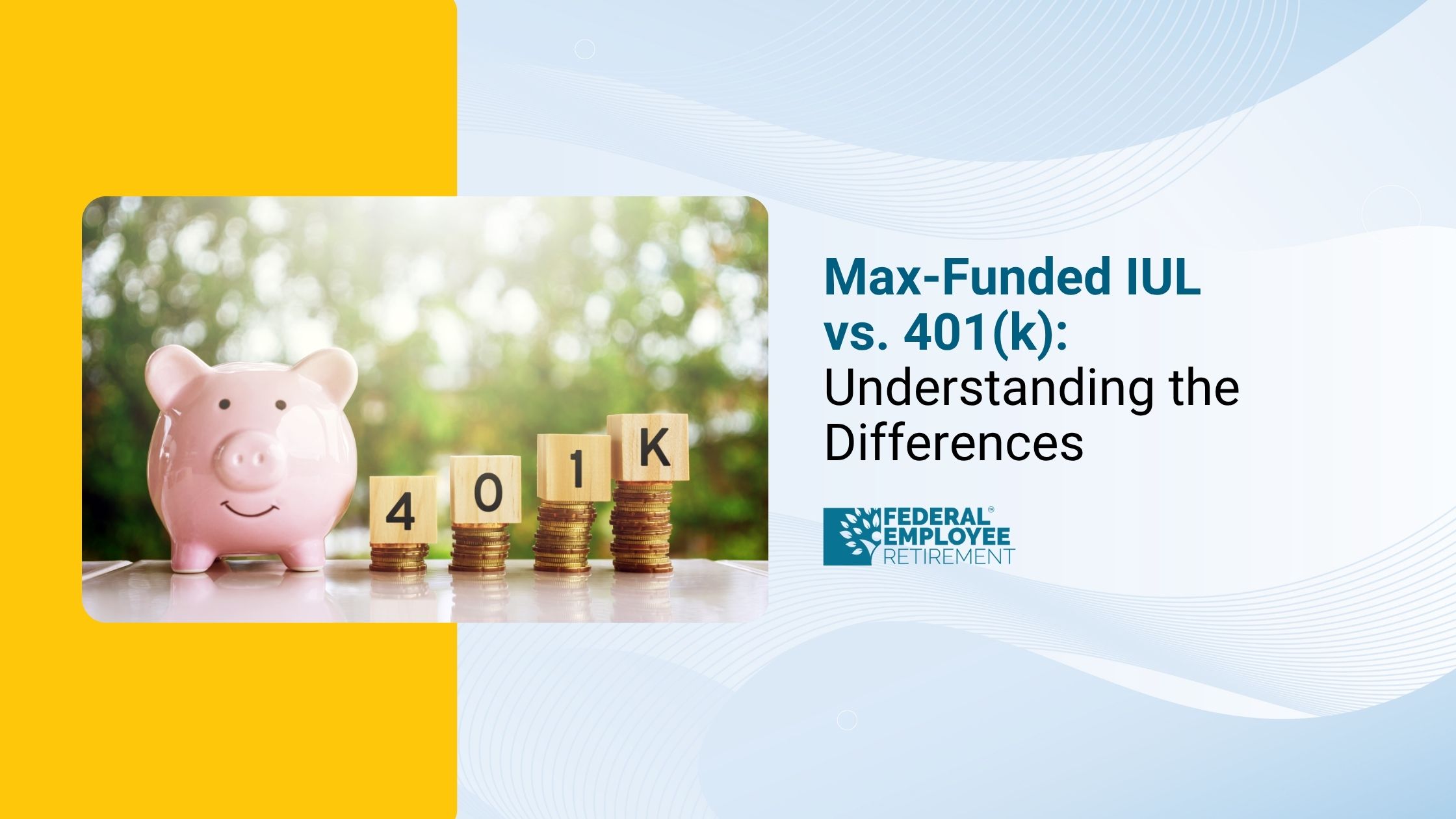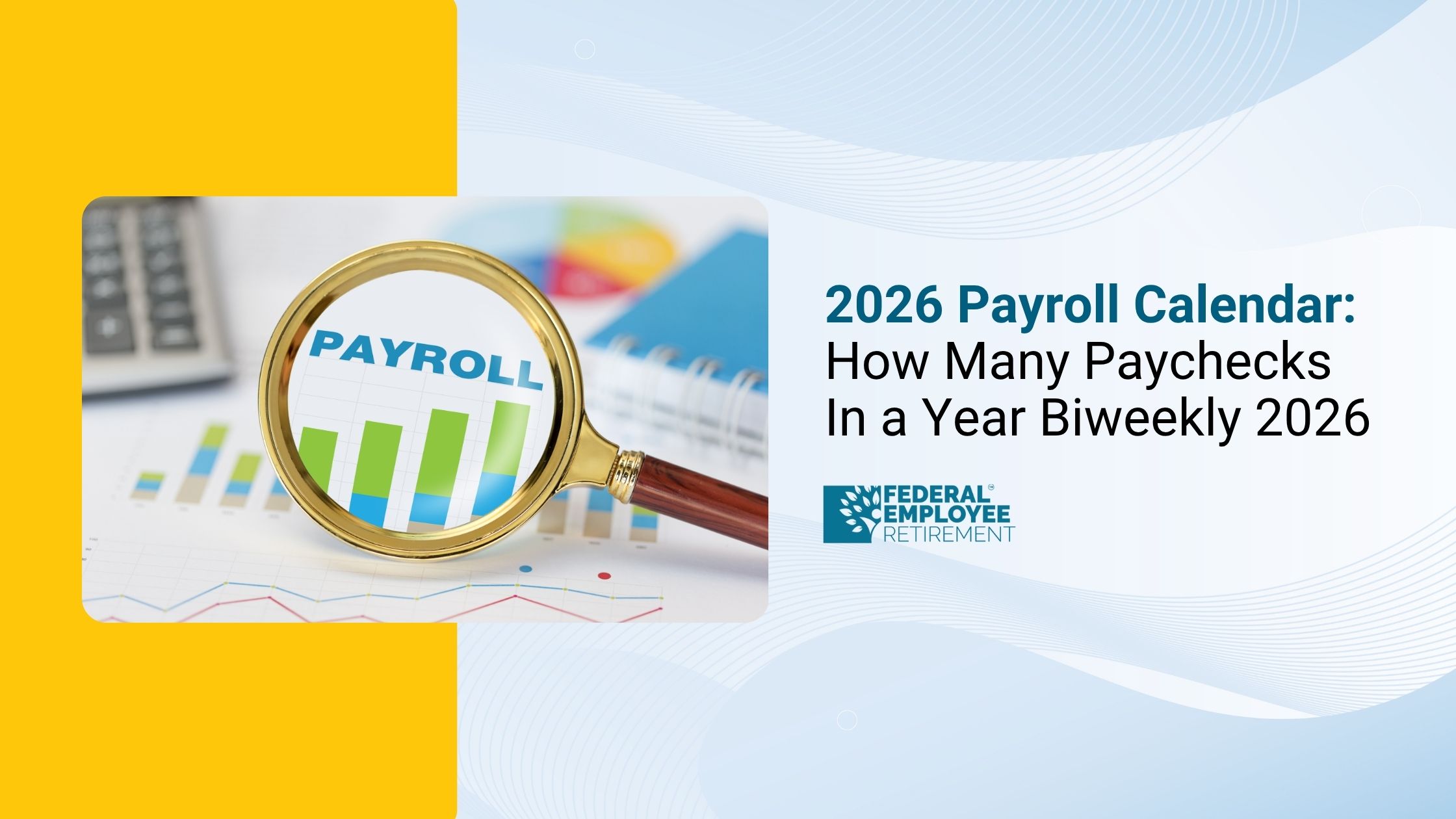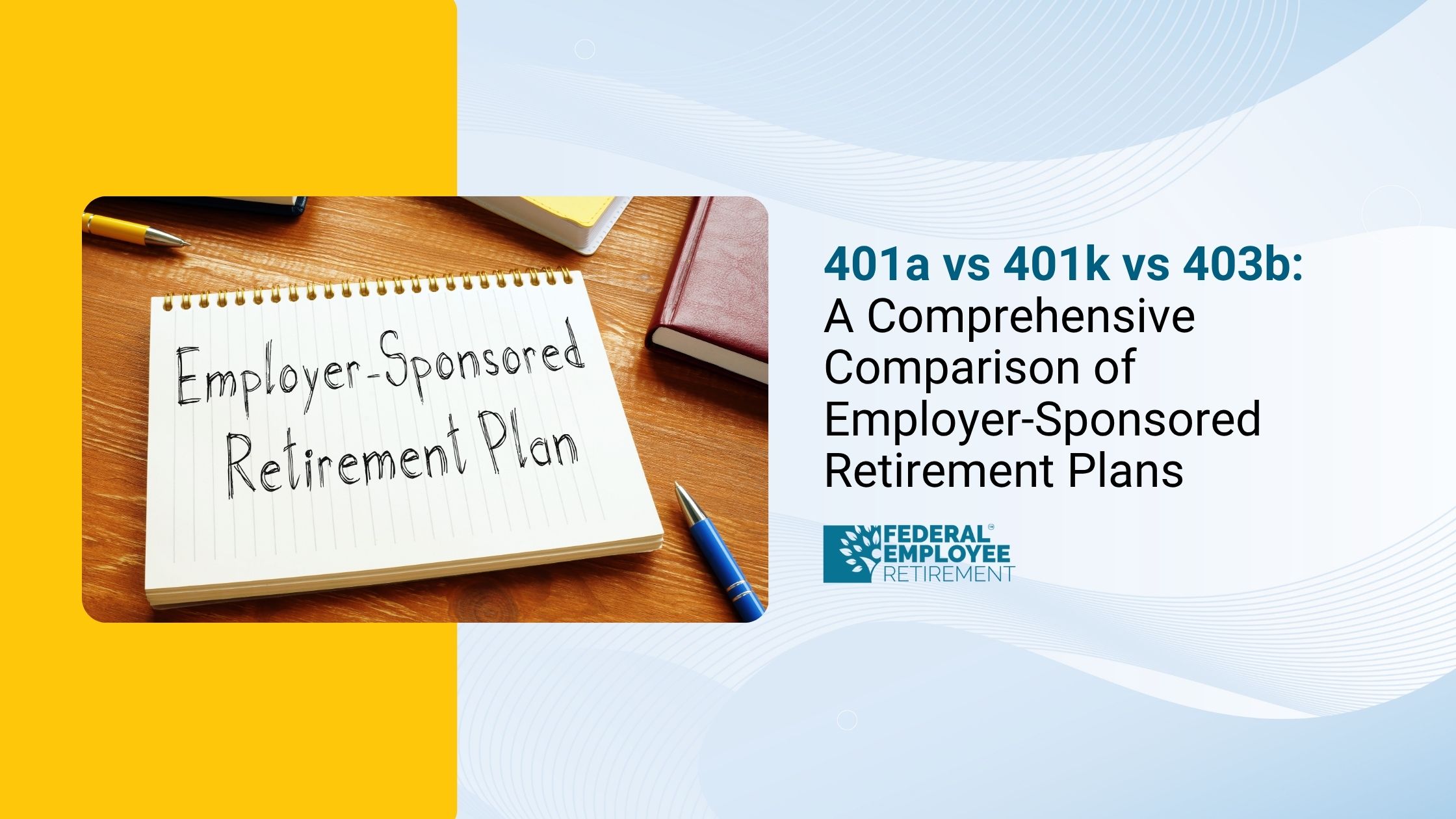You’re not alone; 4,359 federal employees booked their free review.

2026 Federal Pay Raise - Is The Federal Employee Pay Raise 3% This Time?
For 2026, federal employees may face a pay freeze, as the White House is reportedly not proposing a pay raise in its budget request. This contrasts with a proposal from some Democratic lawmakers for a 4.3% average pay raise. The final decision on the 2026 federal pay raise will be made by Congress.
OMB Proposes Pay Freeze for 2026
In a significant shift from recent years, the Office of Management and Budget (OMB), as part of the Biden administration's FY2026 budget request, has proposed no pay raise for federal civilian employees. This means agencies are instructed to plan with a 0% general pay increase in January 2026. The freeze is being pitched as a measure to manage government spending more tightly and control the federal deficit. This decision marks a major departure from the Biden administration’s trend of favouring raises over the past several years.
How This Impacts Federal Employees
A pay freeze affects more than just base salary. For many federal employees, even a 1% raise over time has a compounding impact on future retirement benefits, Thrift Savings Plan (TSP) contributions, and morale. The freeze could also lead to further staffing shortages, as competitive pay is a major factor in federal recruitment and retention efforts. Employees in high-cost-of-living areas, especially those relying heavily on locality pay, may feel the pressure the most. Checkout the tsp calculator.
The FAIR Act: A 4.3% Raise Alternative
To counter the proposed freeze, Democratic lawmakers introduced the Federal Adjustment of Income Rates (FAIR) Act, which advocates a 4.3% average pay raise for federal employees in 2026. This includes a 3.3% across-the-board base pay increase and approximately 1% boost in locality pay. The National Treasury Employees Union (NTEU) strongly supports this legislation, arguing it’s vital to ensure parity between public and private sector compensation. They also note that recent inflation levels have outpaced federal salary increases, further justifying the proposed raise.

What’s Happened in Recent Years?
To better understand the proposed changes, here’s a recap of federal pay raises over the past few years:
2022: 2.7%
2023: 4.6%
2024: 5.2%
2025: 4.7% (finalized by executive order)
In light of these numbers, a 0% raise in 2026 would break a clear upward trend and may be seen as a reversal in employee support.
Trump’s Position and the 2024 Election’s Role
Adding to the uncertainty is the 2024 presidential election. Former President Donald Trump, a major candidate, has publicly stated that he supports a federal pay freeze and broader cost-cutting measures. If re-elected, his administration could reinforce or extend the freeze into future years. According to reporting from GovExec, federal pay is likely to become a political issue, with stark contrasts between the two major parties’ approaches to government compensation.
OPM's Recommendation: 3.3% Raise Based on Formula
The Office of Personnel Management (OPM), via the Federal Salary Council, recommended a 3.3% increase in base pay for 2026, derived from the Employment Cost Index (ECI). Additional adjustments for locality pay would also be expected. This formula-based recommendation has guided past federal pay raises. However, while historically influential, it has been overridden this year by the executive branch's budget proposal.
Why the Raise Debate Matters
The federal workforce is ageing, and recruitment efforts have struggled in certain agencies. A freeze on pay, especially in a post-pandemic economy, risks driving talent away. Additionally, disparity between locality pay rates and real-world housing costs in cities like Washington D.C., San Francisco, and New York further magnifies the pressure on federal salaries. Advocates of the FAIR Act argue that fair pay is a national competitiveness issue, not just a budget line item.
Retirement Planning & TSP Impact
Any changes in pay affect retirement calculations under FERS (Federal Employees Retirement System). Higher salaries lead to larger high-3 averages, which in turn improve pension payouts. Additionally, even modest raises increase employee and agency contributions to the Thrift Savings Plan, meaning that a freeze can hinder long-term financial growth. For employees nearing retirement, this can have a meaningful effect on their planning horizon.
When Will a Decision Be Made?
Typically, the President formalizes the federal pay raise 2026 (or freeze) via executive order by the end of December. Until then, federal workers and unions will lobby and negotiate. Congress can pass legislation (like the FAIR Act) that overrides the President’s recommendation, but that depends on political will and majority control in both chambers.
Key Dates to Watch
- Fall 2025: Congress debates the FY2026 budget and any related federal compensation bills.
- October 2025: Social Security Cost-of-Living Adjustment (COLA) is announced. While this doesn’t directly affect active federal pay, it influences retirement benefits.
- December 2025: Executive order from the President finalizing the 2026 pay decision.
Conclusion
The debate over the 2026 federal pay raise is more than just a budgeting issue—it’s a referendum on how the government values its workforce. With the OMB proposing a 0% raise and lawmakers pushing for a 4.3% increase through the FAIR Act, the outcome remains uncertain. The result of the 2024 election may tip the balance. In the meantime, federal workers should monitor developments, evaluate how different outcomes could impact their finances, and prepare for all scenarios. What happens in the next few months will shape not just paychecks, but the future of federal service.
Intorducing Federal Pension Advisors, We know that planning for your financial future can feel overwhelming at times. The journey toward financial freedom is not always straightforward, and it often comes with its own set of challenges. And that is why we are here for you and for your sterss free retirement planning.
Our independent advisors are here to prepare you for and support you through a fulfilling retirement. Our services like, Financial planning, wealth management, etc can help you with your financial advice and retirement. You can also checkout our calculators especially for federal employees, TSP calclulator, FERS pension calculator, Paycheck calculator.


Get Updated
Subscribe to our weekly updates for the latest on retirement planning, federal benefits, exclusive webinars, and more!
Download Federal Retirement: Step-by-step Checklist
This comprehensive guide will help you understand your federal benefits, optimize your savings, and plan for a comfortable future.



.png)








